INTRODUCTION
If you’re hooked on iced coffee, especially cold brew, you’ve probably wondered: How much caffeine is actually in cold brew coffee? It’s a question that matters whether you’re aiming to power through your morning, avoid the jitters, or simply understand what you’re sipping. Cold brew’s smooth, bold flavor often hides its true caffeine punch — and that can catch many off guard!
In this detailed guide, you’ll discover exactly how caffeine levels in cold brew compare to other popular coffee drinks, what influences caffeine content, and how to control your caffeine intake without sacrificing taste. Plus, we’ll bust common myths, share pro tips for brewing, and even provide easy recipes to customize your caffeine kick just right. Let’s unlock the truth behind the caffeine in your favorite chilled coffee.
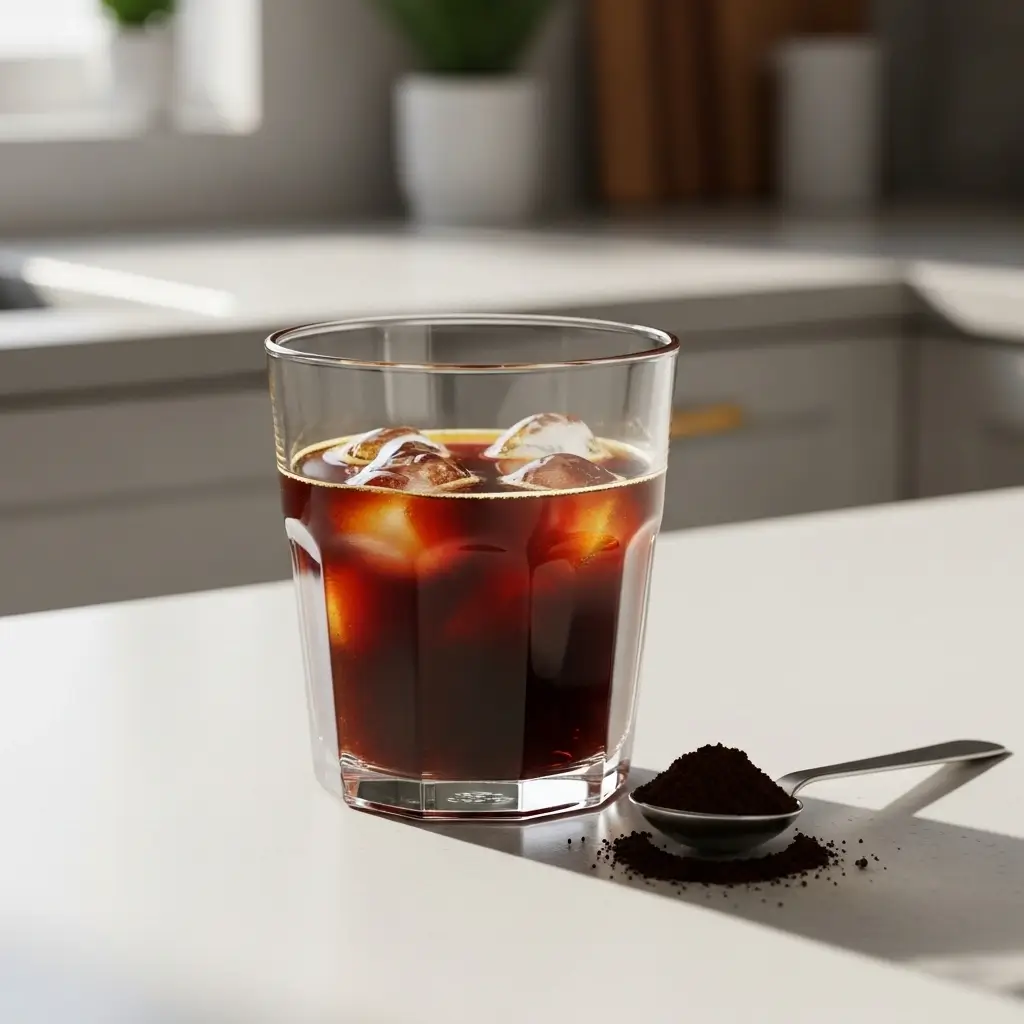
1. Understanding Caffeine in Cold Brew Coffee: The Basics
1.1 What Is Cold Brew Coffee?
Cold brew is made by steeping coarse-ground coffee beans in cold water for 12–24 hours. This slow, cold extraction creates a smooth, less acidic coffee concentrate that’s typically diluted before drinking.
- The long steeping extracts caffeine efficiently.
- The cold water prevents harsh bitterness found in hot brewed coffee.
- Result: a strong, flavorful coffee with a unique caffeine profile.
1.2 How Caffeine Levels in Cold Brew Compare to Hot Coffee
Cold brew often contains more caffeine per fluid ounce than hot brewed coffee because of the high coffee-to-water ratio used during brewing.
- Typical hot coffee has about 95 mg caffeine per 8 oz cup.
- Cold brew concentrate can have 150–200 mg caffeine per 8 oz before dilution.
- Diluted cold brew drinks generally range from 100–150 mg per 8 oz serving.
1.3 Factors That Affect Caffeine Content
- Coffee bean type: Robusta beans have almost twice the caffeine of Arabica beans.
- Roast level: Lighter roasts tend to have slightly more caffeine than dark roasts by volume.
- Grind size: Finer grinds can increase extraction but risk bitterness.
- Brewing time and temperature: Longer steep times increase caffeine extraction in cold brew.
- Dilution ratio: Cold brew concentrate is often diluted 1:1 or more before drinking, reducing caffeine per serving.
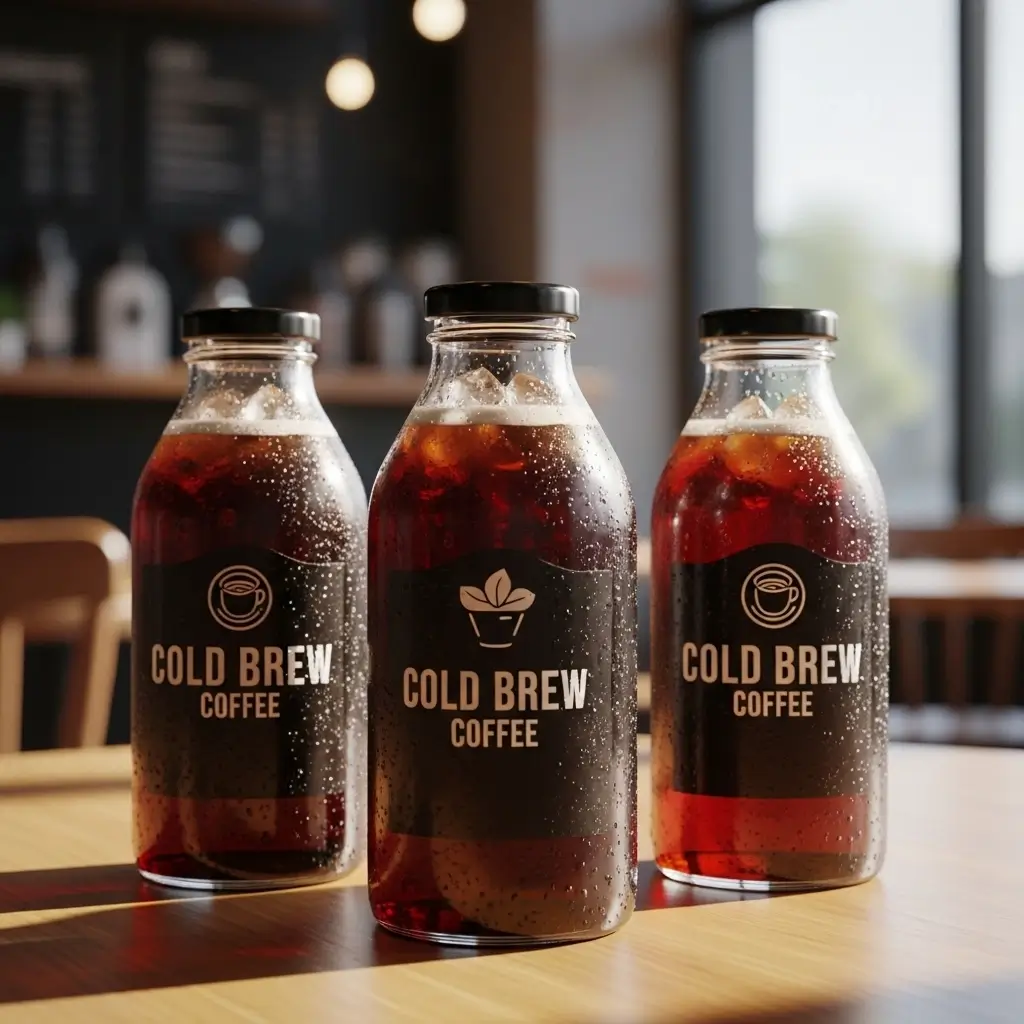
2. How Much Caffeine Is in Popular Cold Brew Drinks?
2.1 Starbucks Cold Brew Coffee
Starbucks cold brew is known for its smooth, rich taste and caffeine content that often exceeds regular hot coffee.
- Starbucks Cold Brew (16 oz): Approximately 155 mg caffeine.
- Starbucks Nitro Cold Brew (16 oz): Around 215 mg caffeine due to nitrogen infusion increasing perceived strength.
- Starbucks Vanilla Sweet Cream Cold Brew (16 oz): Slightly less caffeine (~150 mg) because of milk and sweetener dilution.
2.2 Dunkin’ Donuts Cold Brew
Dunkin’ offers cold brew coffee that packs a solid caffeine punch.
- Dunkin’ Cold Brew (16 oz): Roughly 175 mg caffeine.
- One of the stronger mainstream cold brews.
2.3 Homemade Cold Brew Coffee
Caffeine varies widely depending on your recipe:
- Average cold brew concentrate: 200–300 mg caffeine per 8 oz undiluted.
- After diluting 1:1 with water or milk, expect 100–150 mg caffeine per serving.
- Adjust brewing time and coffee-to-water ratio to control caffeine strength.
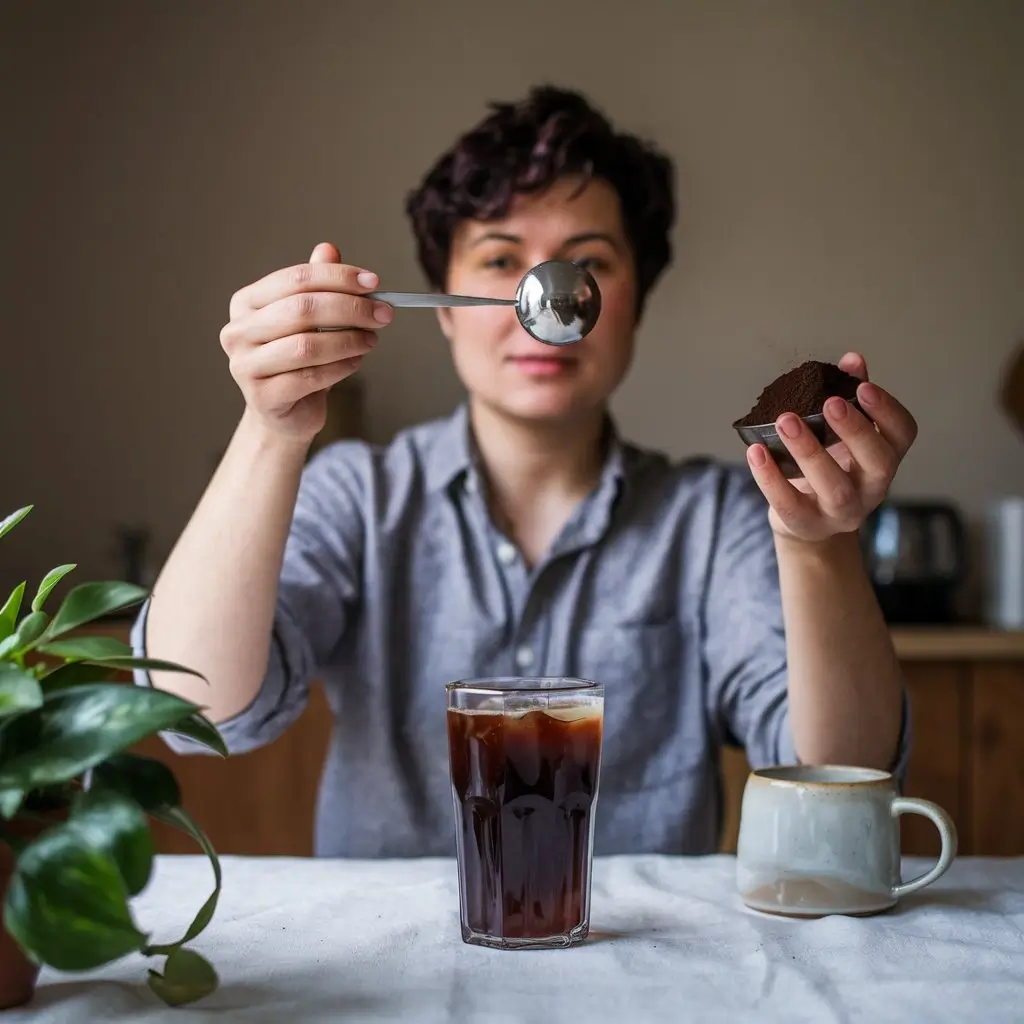
3. What Influences Caffeine Levels and How to Control Your Intake
3.1 Coffee Bean Selection: Arabica vs Robusta
Arabica beans dominate specialty coffee for their flavor, but Robusta beans contain nearly double the caffeine. Some cold brews blend both to increase caffeine content.
3.2 Roast Level and Caffeine Content
While dark roasts taste stronger, lighter roasts retain slightly more caffeine by volume, as caffeine reduces somewhat during roasting.
3.3 Brewing Time and Technique
The longer you steep cold brew, the more caffeine extracts — up to a point. Typical steeping ranges from 12–24 hours; longer steeps yield stronger caffeine concentration but risk bitterness.
3.4 Dilution and Serving Size
Cold brew concentrate is rarely served straight — it’s diluted to taste with water, milk, or cream. This affects the actual caffeine you consume per cup.
3.5 Tips to Customize Your Caffeine Kick
- Adjust dilution ratio: more dilution = less caffeine per serving.
- Opt for decaf or low-caffeine blends for gentler buzz.
- Time your consumption to avoid sleep disruption.
- Experiment with serving sizes for preferred caffeine levels.
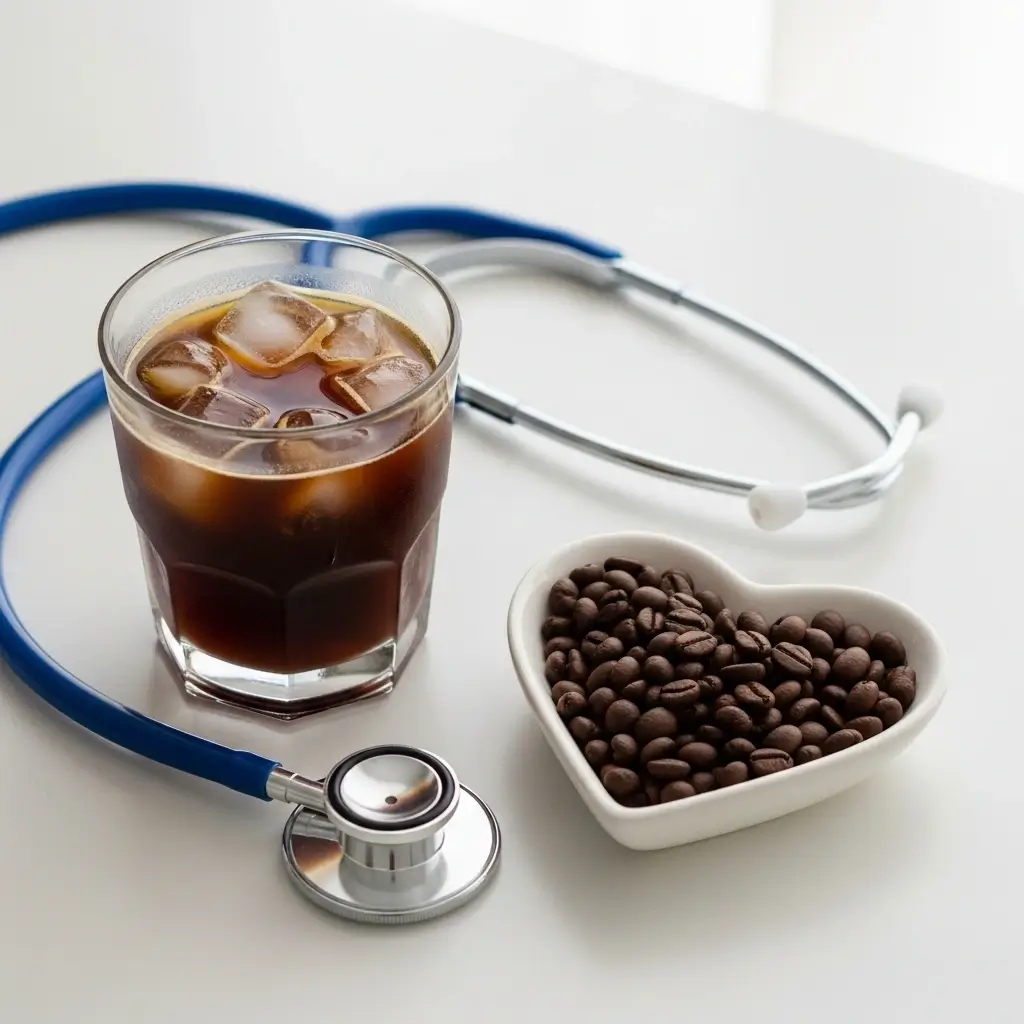
4. Health Benefits and Risks of Cold Brew Caffeine
4.1 Benefits
- Improved mental focus and alertness.
- Enhanced physical performance and stamina.
- Cold brew’s low acidity is gentler on the stomach than hot coffee.
4.2 Potential Risks
- High caffeine intake can cause jitters, anxiety, and heart palpitations.
- May disrupt sleep if consumed late.
- Overconsumption could lead to dehydration; drink water alongside.
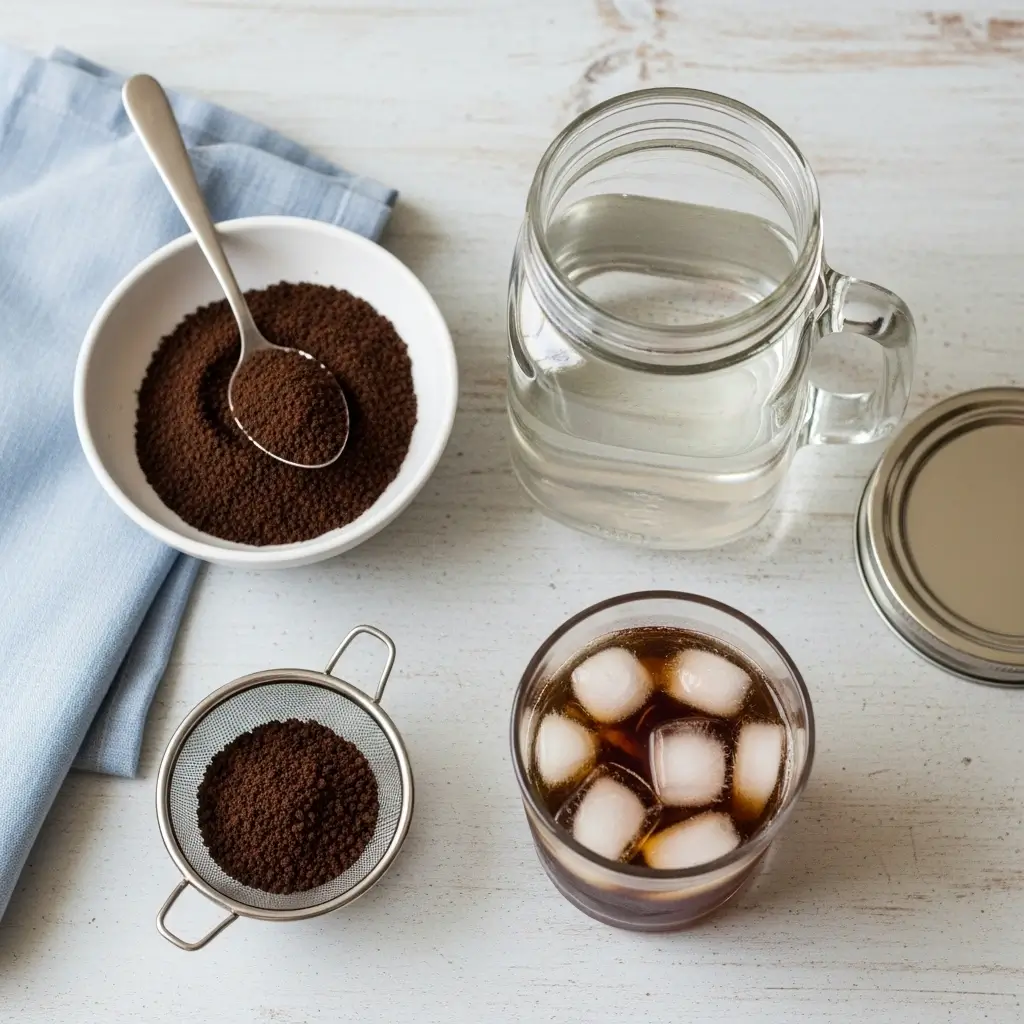
5. Bonus: Simple Cold Brew Recipes & FAQs
Classic Cold Brew Iced Coffee
Ingredients:
- 4 oz cold brew concentrate
- 4 oz cold water or milk
- Ice cubes
Instructions:
- Fill a glass with ice cubes.
- Pour in cold brew concentrate and water or milk at 1:1 ratio.
- Stir gently and enjoy.
Creamy Keto Cold Brew
Ingredients:
- 4 oz cold brew concentrate
- 4 oz unsweetened almond or coconut milk
- 1 tbsp heavy cream
- Keto-friendly sweetener to taste
- Ice cubes
Instructions:
- Mix cold brew concentrate with almond or coconut milk.
- Add heavy cream and sweetener, stir well.
- Serve over ice for a creamy, low-carb boost.
FAQs About Caffeine in Cold Brew Coffee
Q1: Is cold brew stronger than espresso in caffeine?
Cold brew typically contains more caffeine per serving than espresso but less per ounce. Espresso is more concentrated but served in smaller volumes.
Q2: Does adding milk affect caffeine content?
Milk dilutes the coffee but doesn’t reduce caffeine itself. The caffeine per serving decreases as you add more milk.
Q3: Can cold brew give you jitters?
Yes, if consumed in high quantities or if you’re sensitive to caffeine. Adjust serving size or dilution.
Q4: How much caffeine is safe daily?
Up to 400 mg caffeine daily is considered safe for most healthy adults — about 3–4 cups of cold brew depending on strength.
CONCLUSION
Knowing how much caffeine is in cold brew coffee helps you enjoy your favorite iced beverage with confidence and control. Whether you want a strong caffeine boost or a gentle pick-me-up, cold brew’s versatility lets you tailor your drink to your needs.
Keep in mind bean type, roast, brew time, and dilution all influence caffeine levels. Use these insights to craft smooth, flavorful cold brew that fits your lifestyle perfectly.
Sip smart, stay energized, and keep loving your iced coffee ritual!
👉 Ready to master your iced coffee? Check out “Javy Protein Coffee Recipe: How to Make a High-Protein Iced Coffee at Home” for expert tips and recipes!



